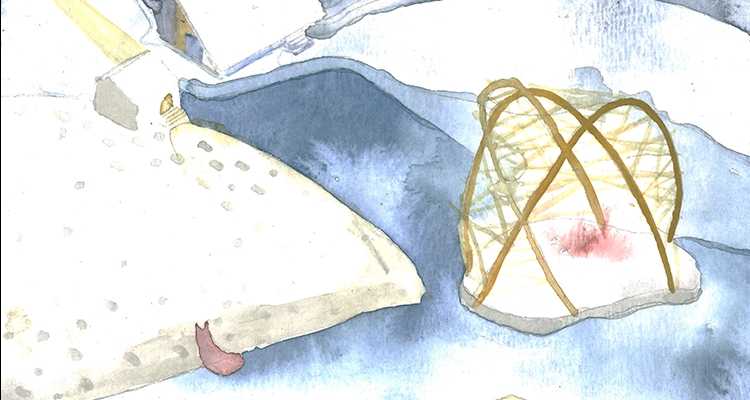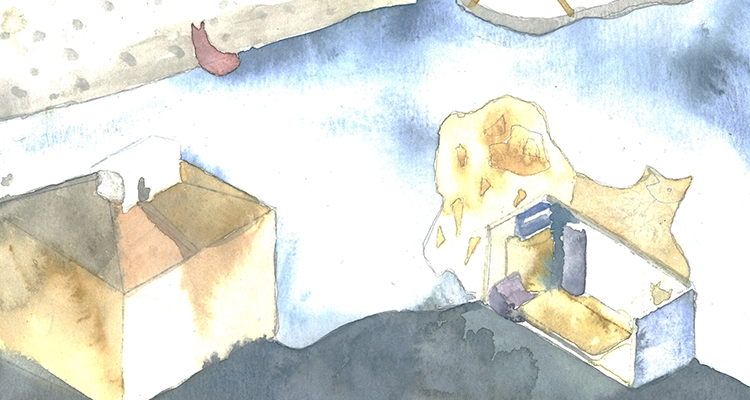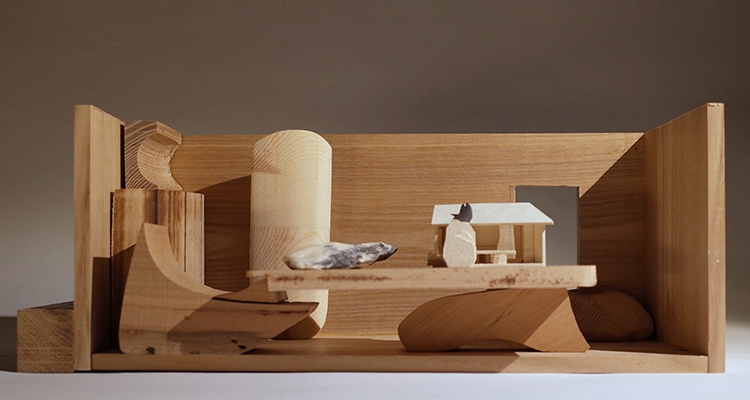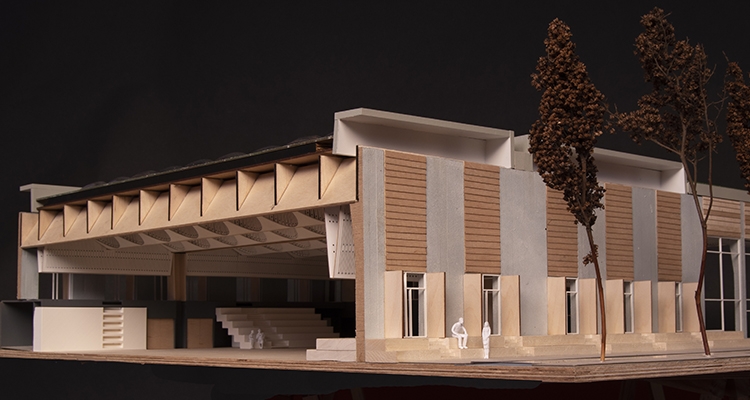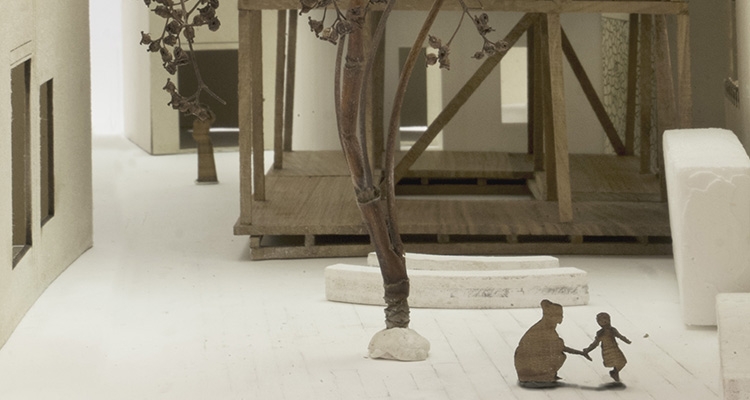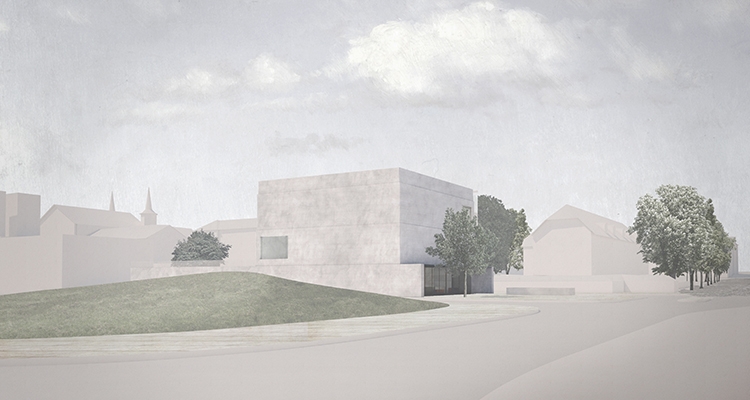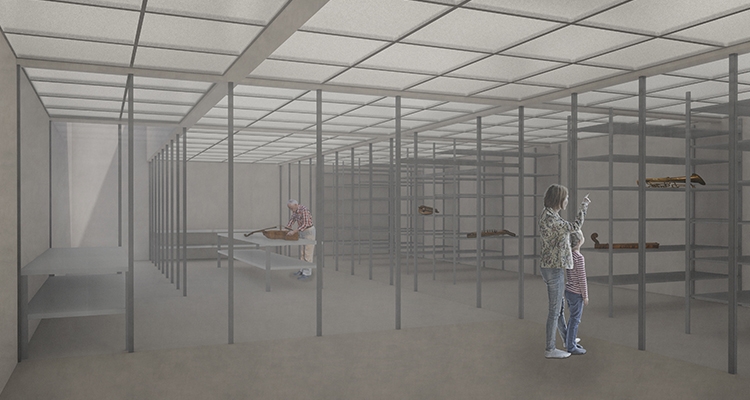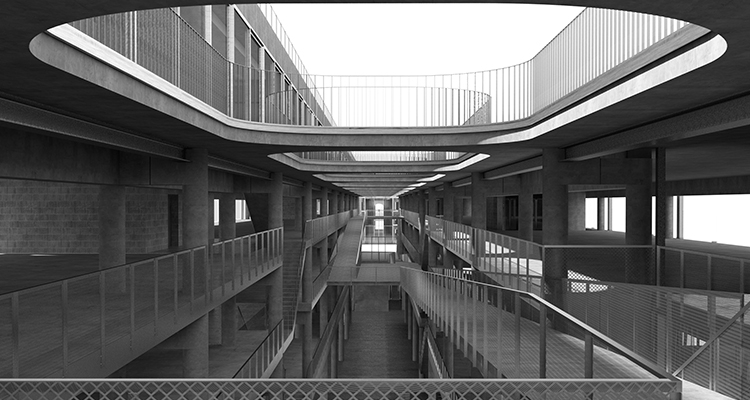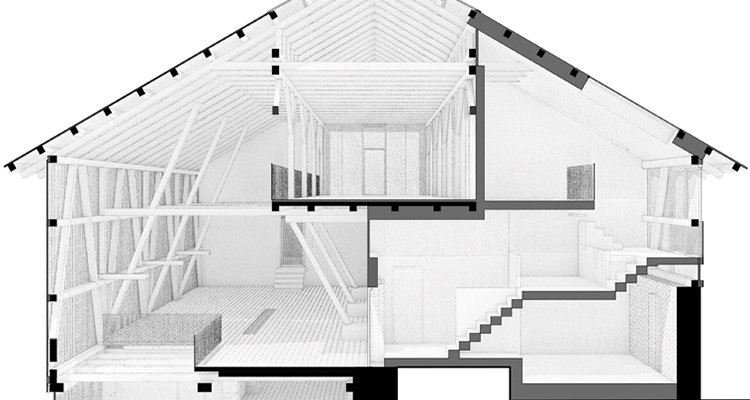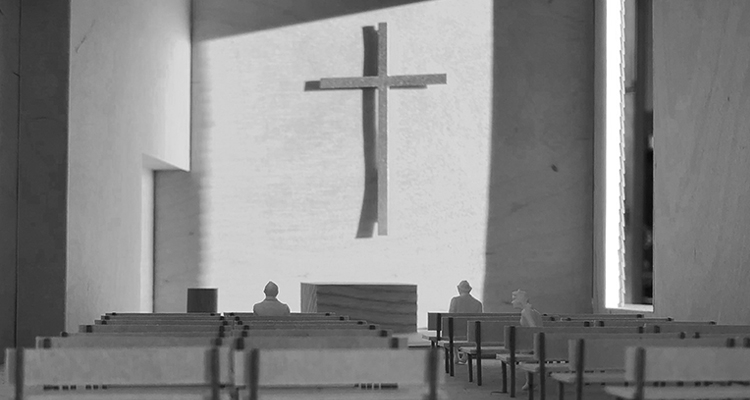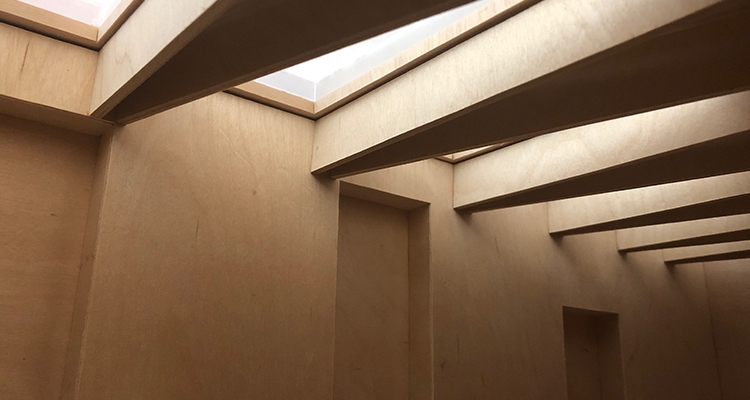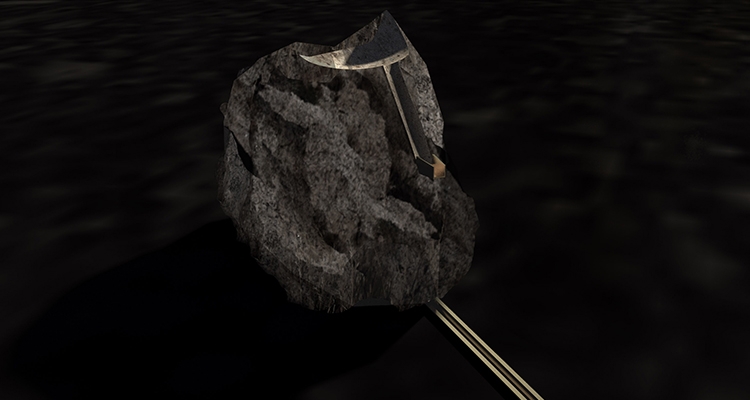I want to make a house for me and my animals.
Start with this initiative, I’m trying to figure out these questions: Who are the animals? What is the house?
And what is the relationship between us?
Through making animals and the shared environment between us, I think I’m trying to understand how myself would like to deal with the known and unknown others.
The house is a container.
We gather and leave,
it's the way to document these traces.
It's also the way to transform my mood,
my careness to these animals,
Start with this initiative, I’m trying to figure out these questions: Who are the animals? What is the house?
And what is the relationship between us?
Through making animals and the shared environment between us, I think I’m trying to understand how myself would like to deal with the known and unknown others.
The house is a container.
We gather and leave,
it's the way to document these traces.
It's also the way to transform my mood,
my careness to these animals,
